

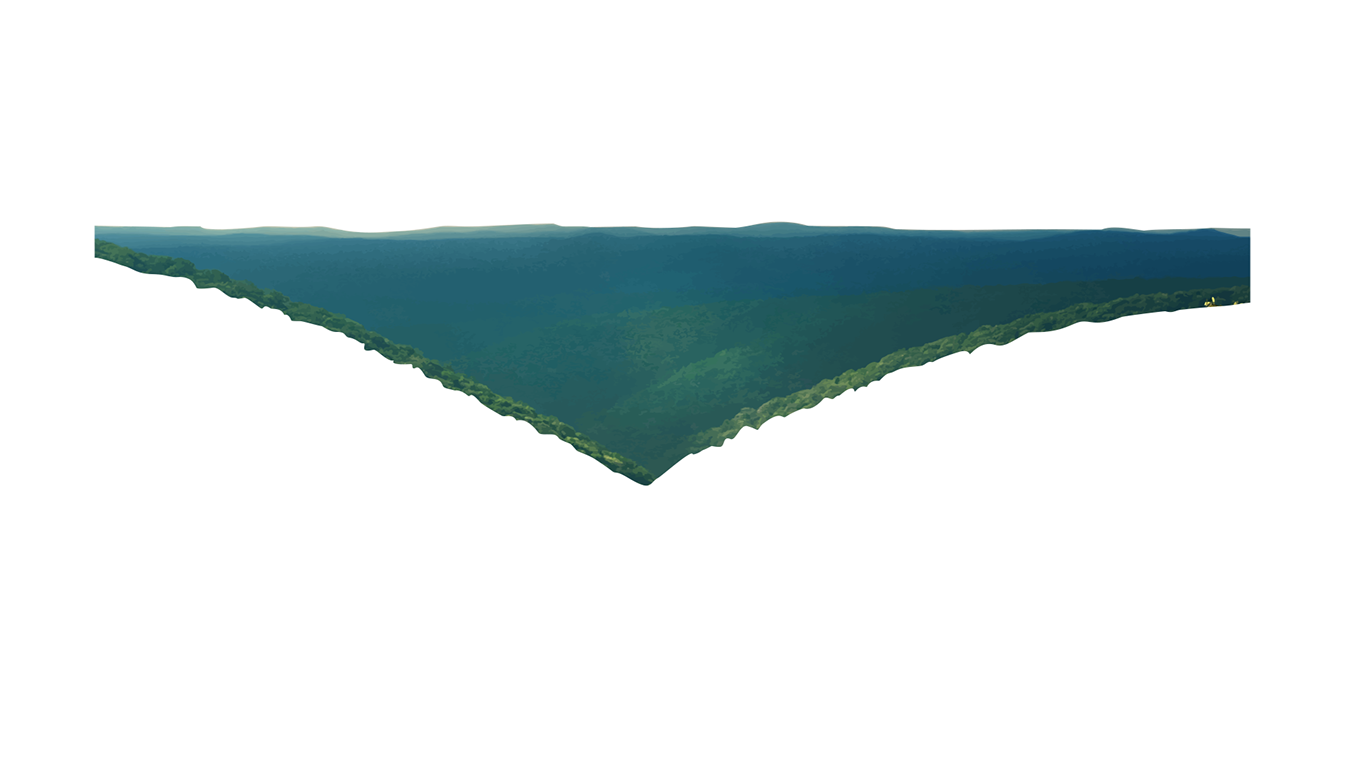






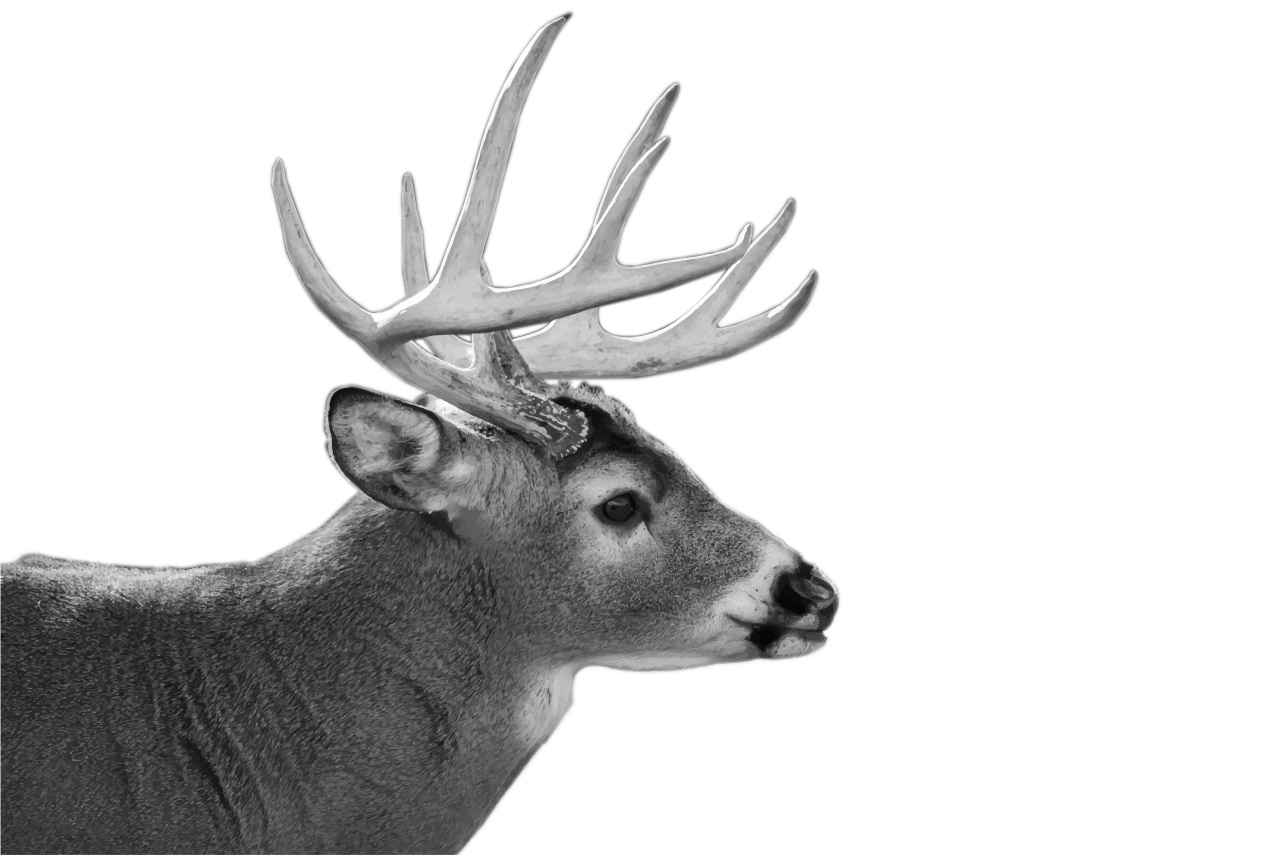
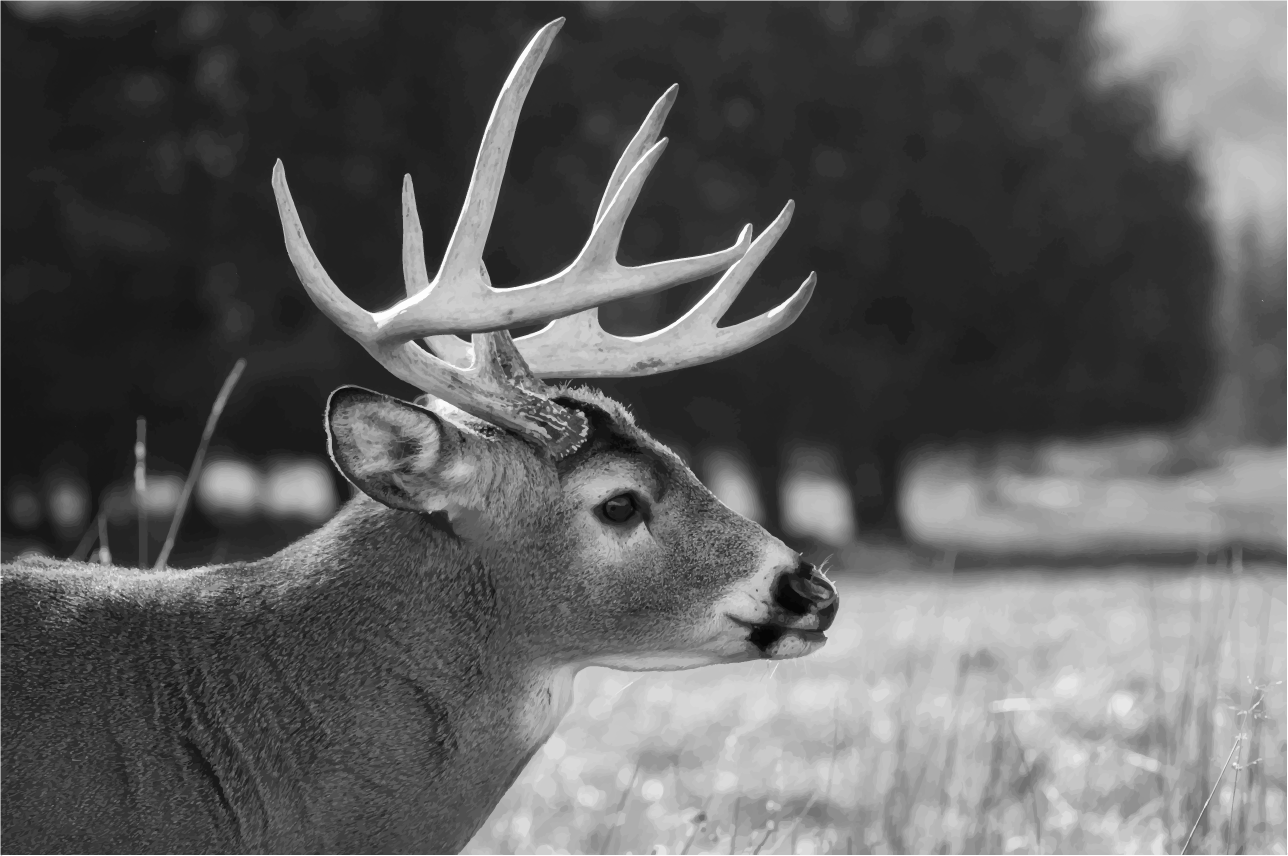





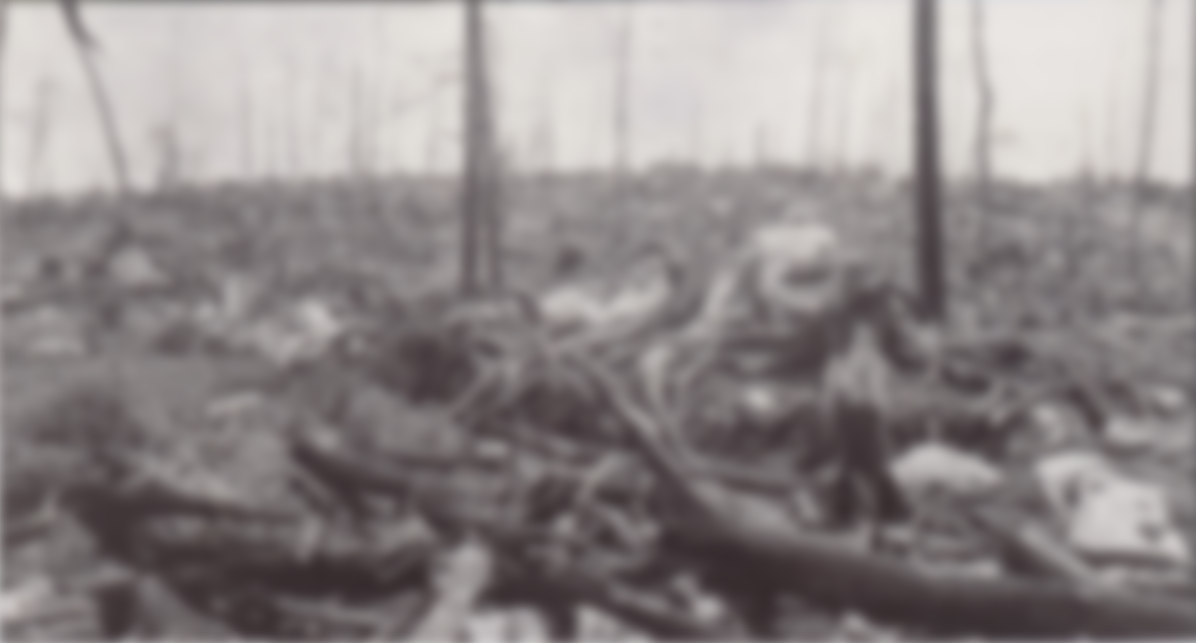
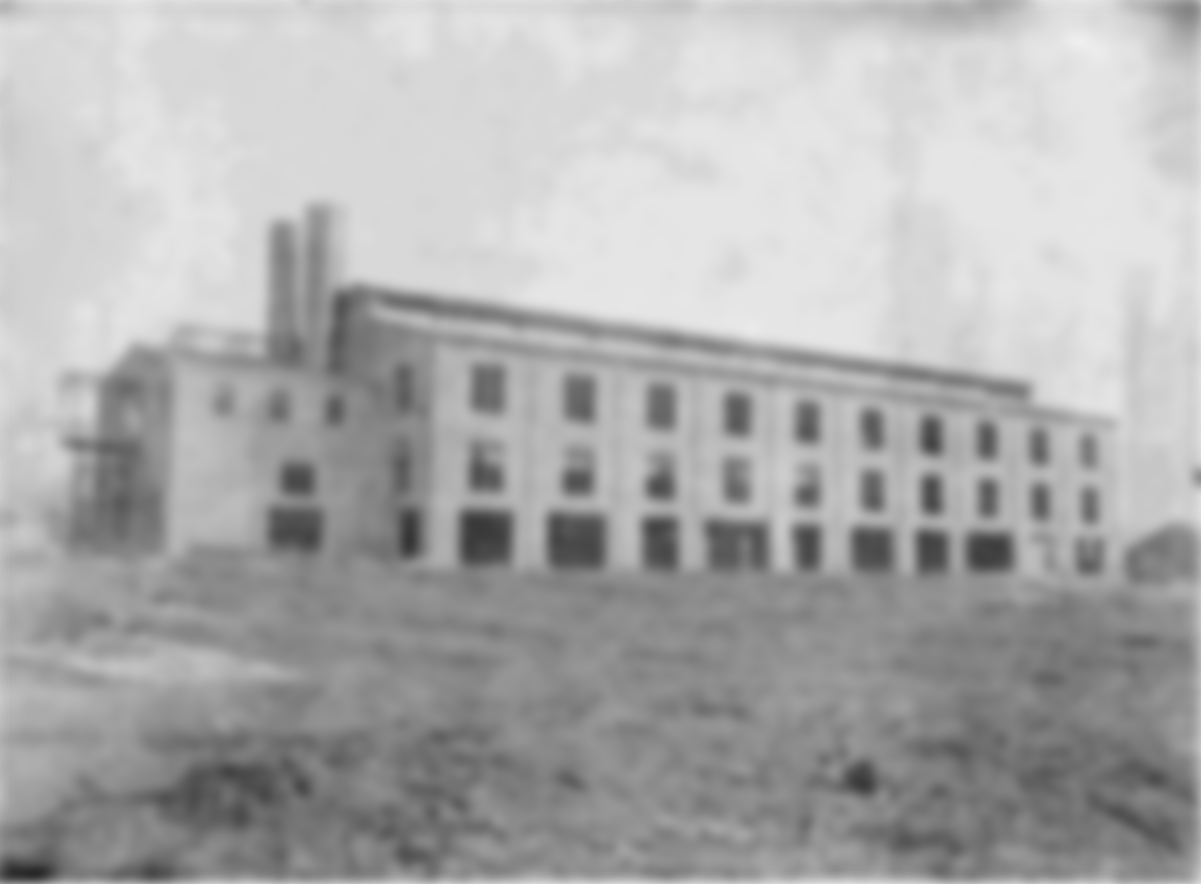
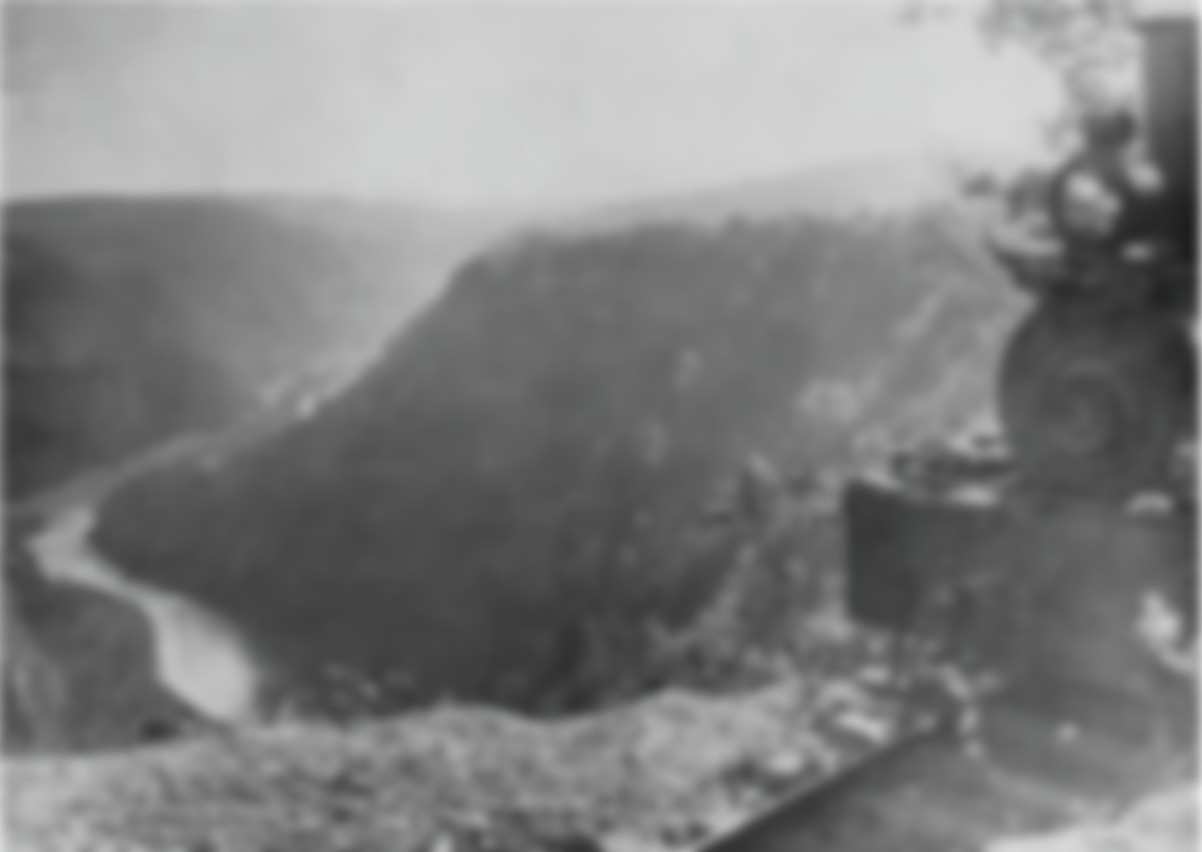



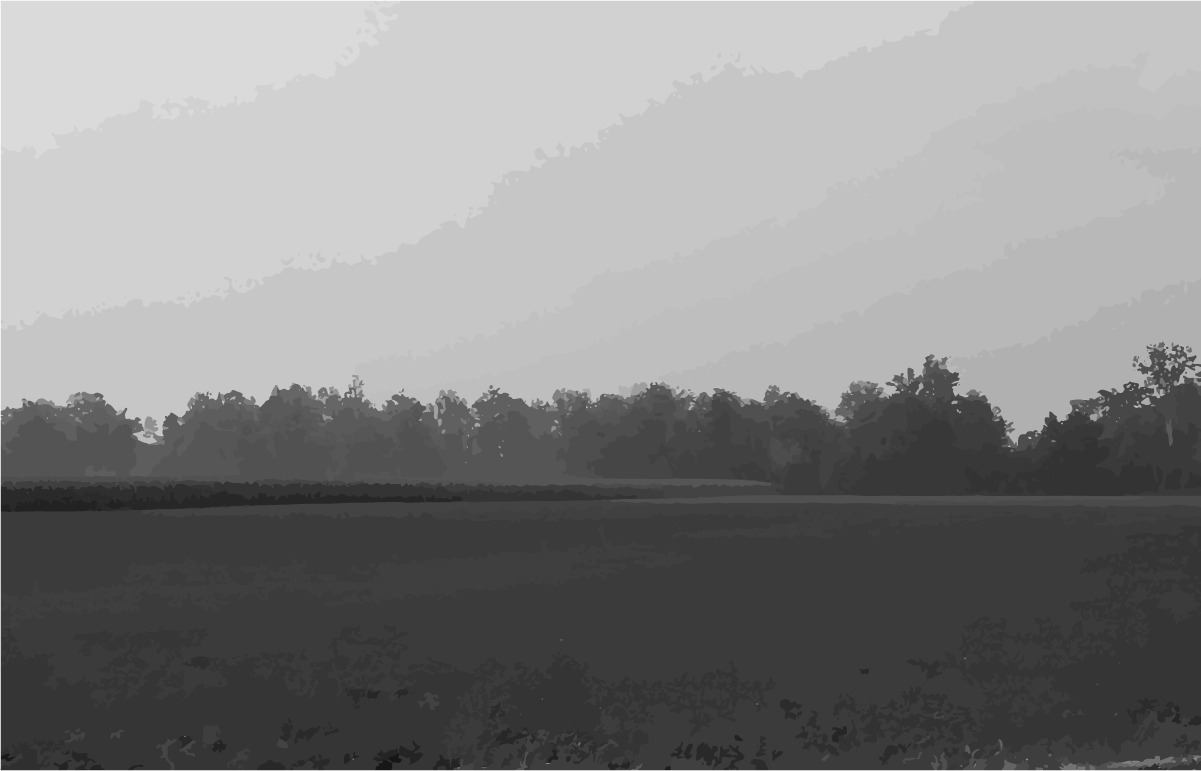
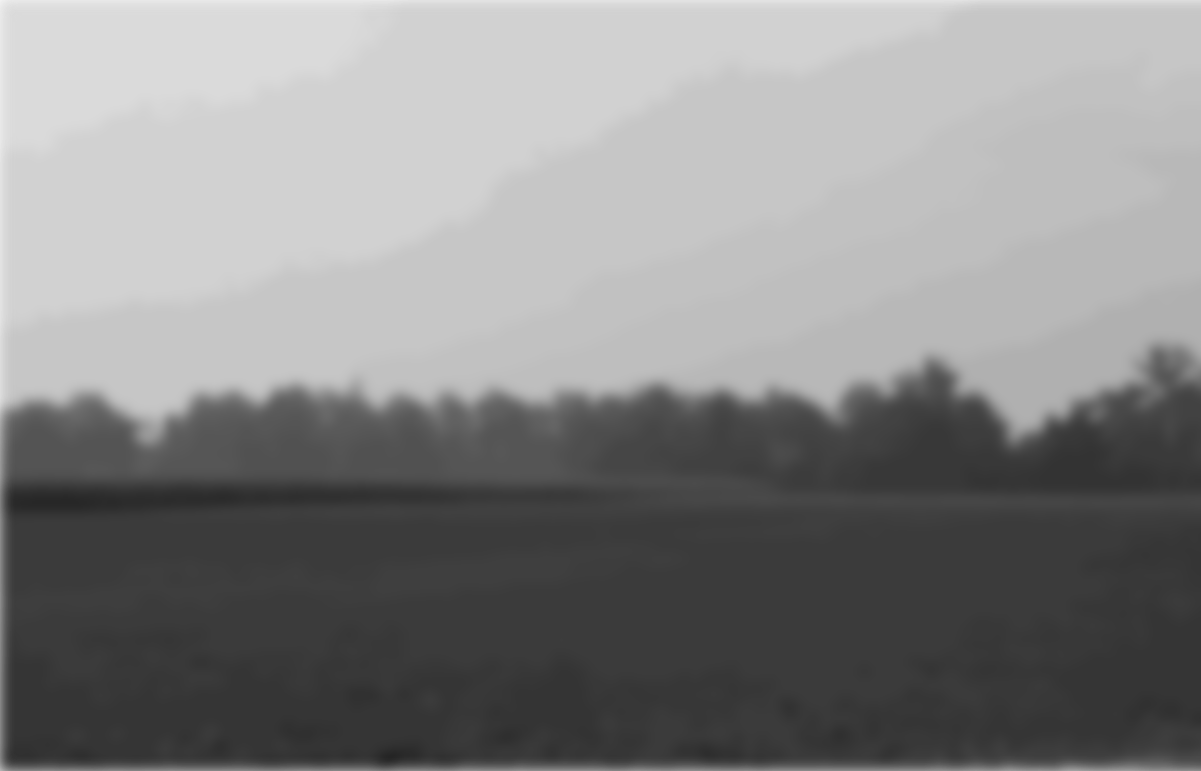
By 1900, more than 60 percent of the forests were lost. The barren landscape allowed rain to wash soil into streams and the dead stumps allowed forest fires to roar.
Joseph Rothrock, the first state commissioner, called the barren landscape the "Pennsylvania Desert".
Today, the forest covers 60% of the state of Pennsylvania.
This number has stayed constant for several decades.
Pennsylvania is the 3rd largest emitter of carbon dioxide in the country. Pennsylvania makes more energy than it consumes so excess energy goes to other states.
To keep our forests healthy and thriving, we should look for opportunities ton use renewable energy like wind power instead of using wood or clearing forests to get to coal and other fossil fuels.
Log drive in Pine Creek
Abandoned Factory
By 1850, millions of acres of forest was cleared for 128,000 farms.
Between the years of 1760 and 1895, over 4 million acres were harvested two and four times to be used in charcoal furnaces for the iron industries. When the Civil War started, the demand for wood increased due to building new roads and fortifications.


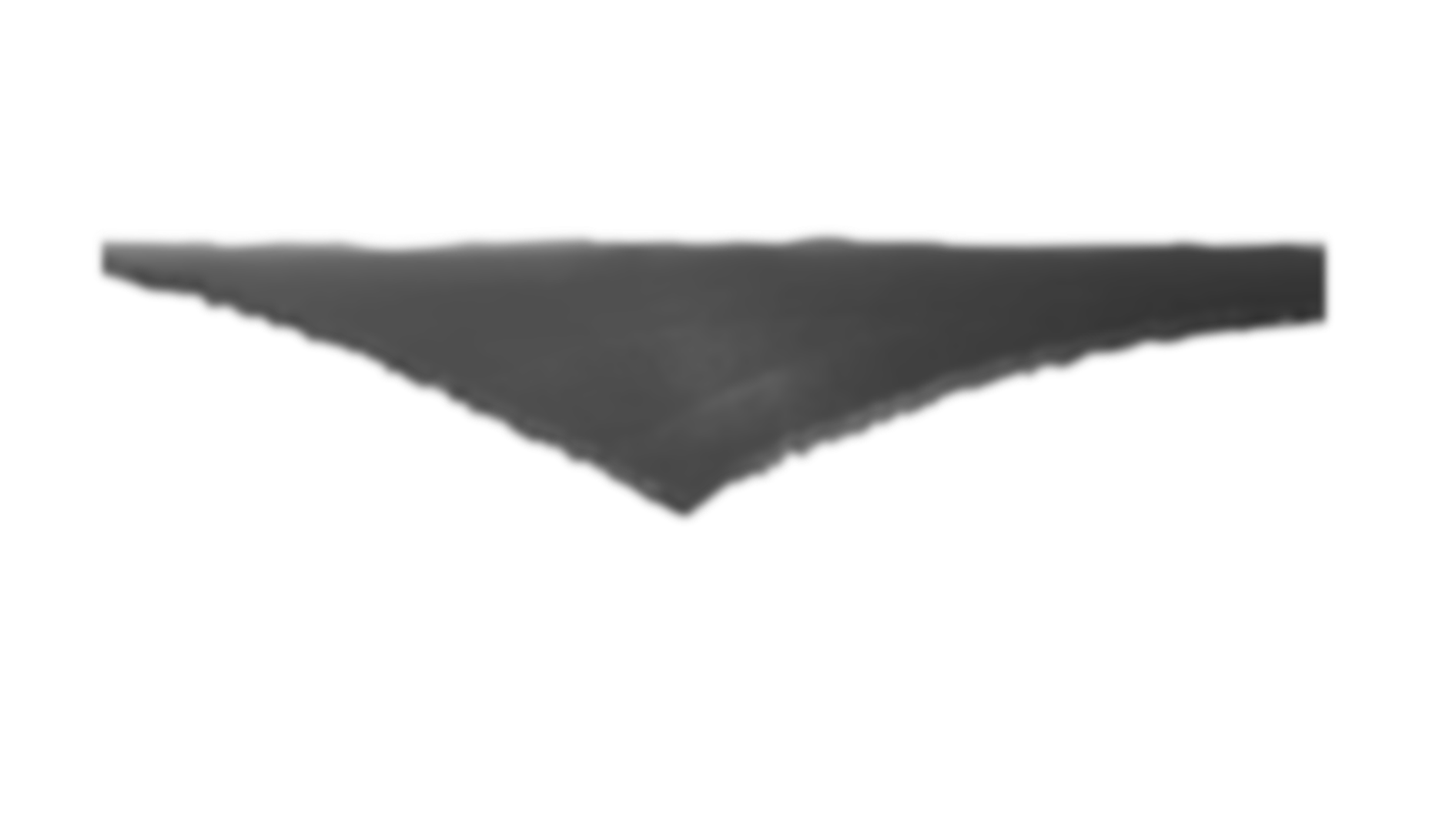


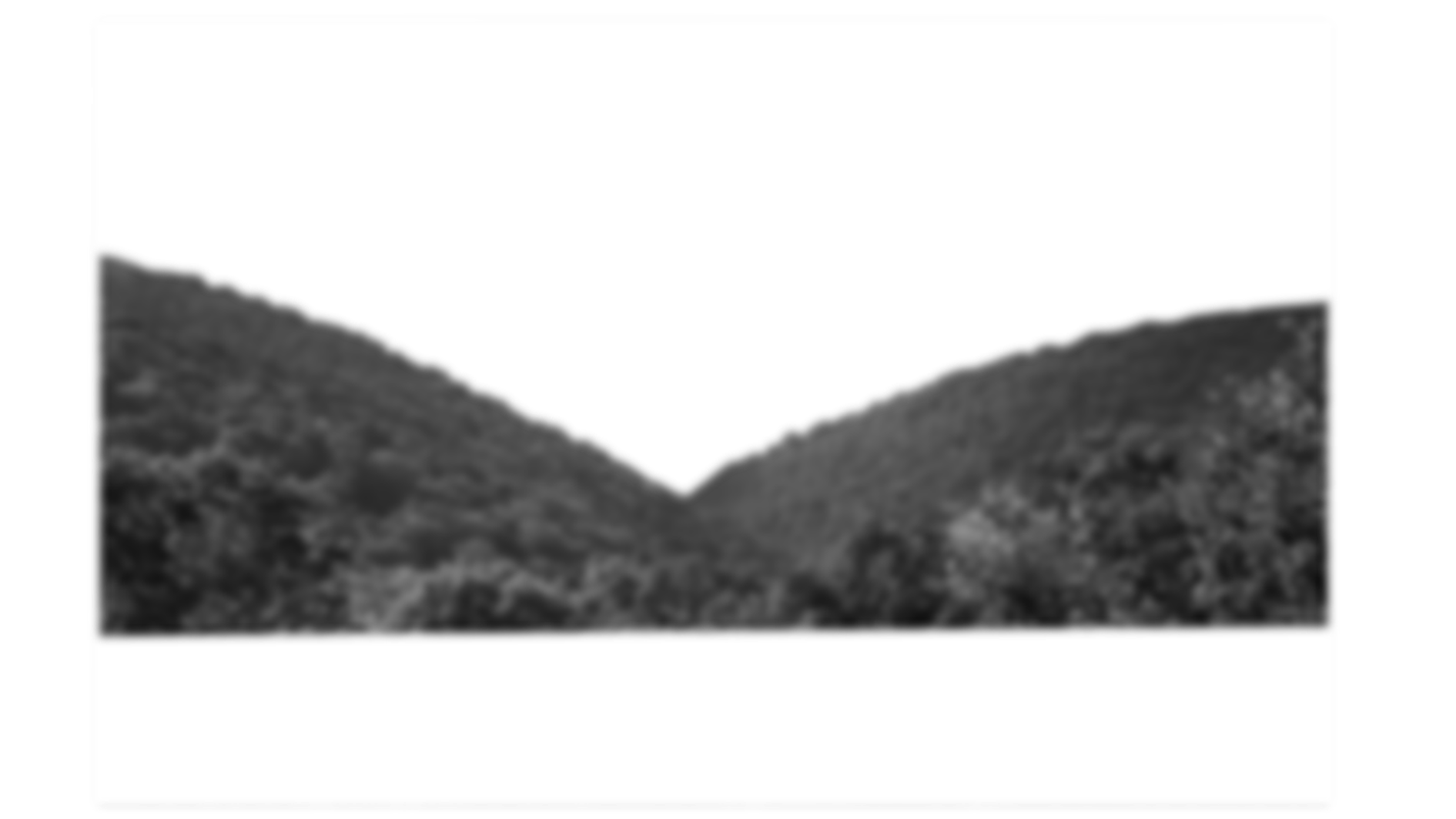
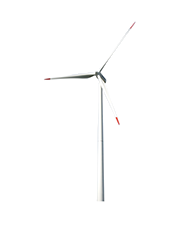



Brief History of Pennsylvania's Forests


2000
1600
1700
1800
1900
For more information, visit "Pennsylvanians and the Environment" at ExplorePAHistory.com.